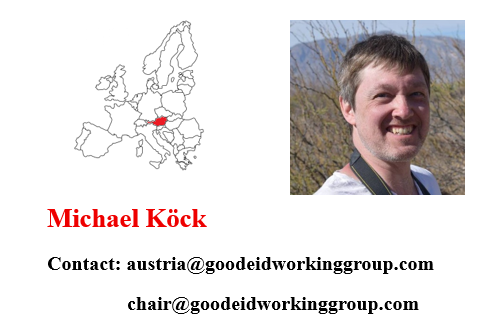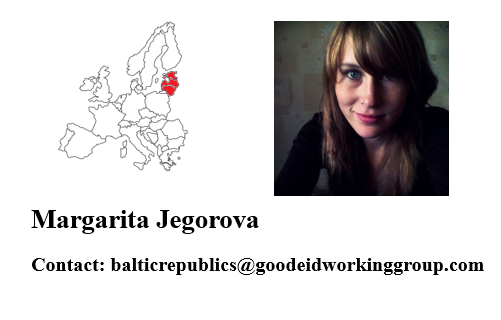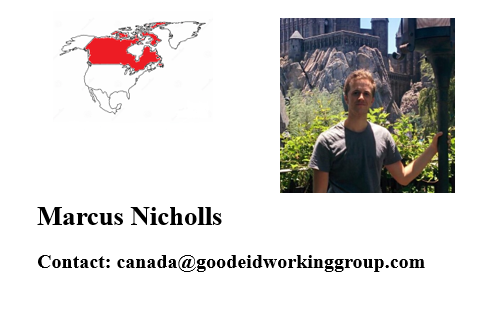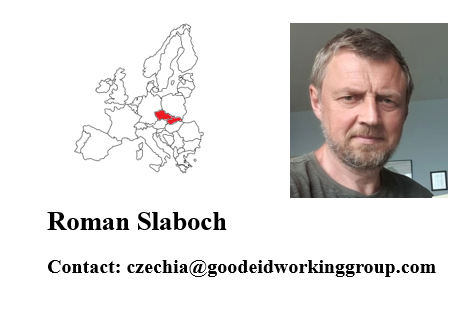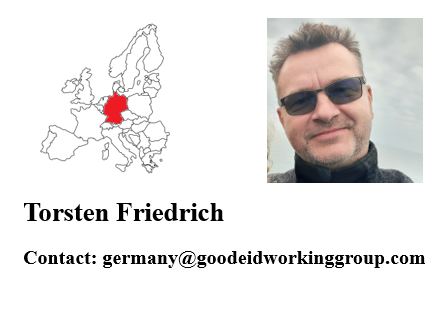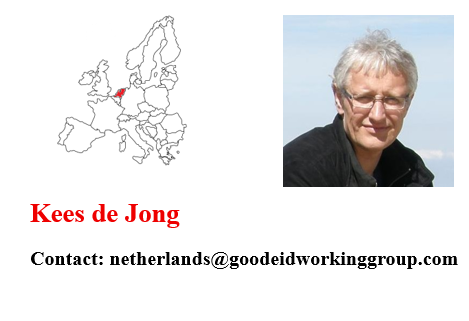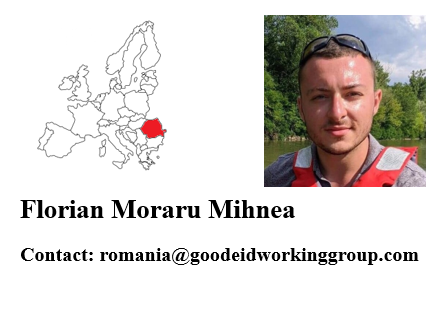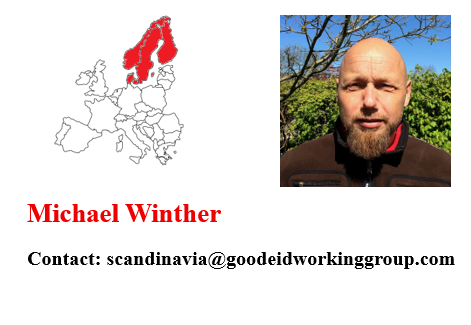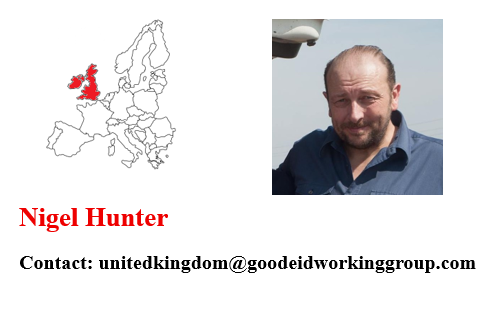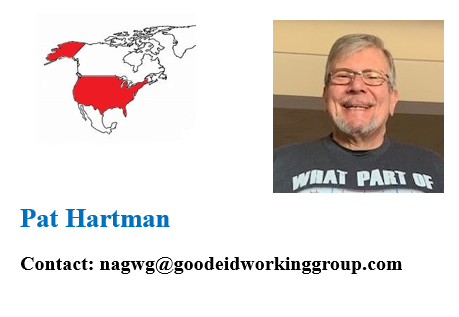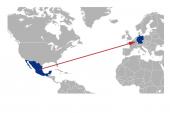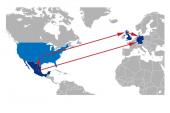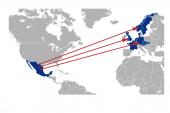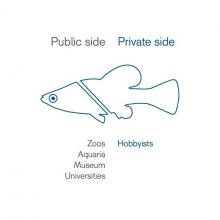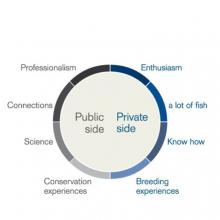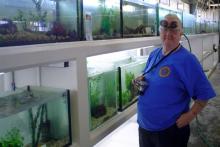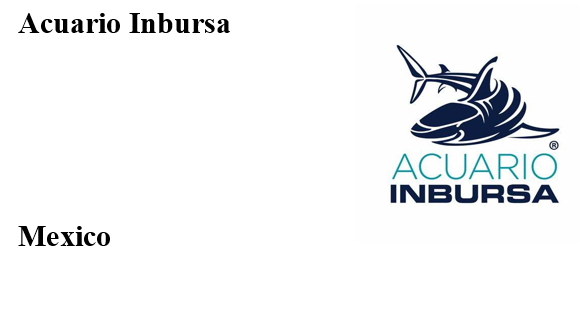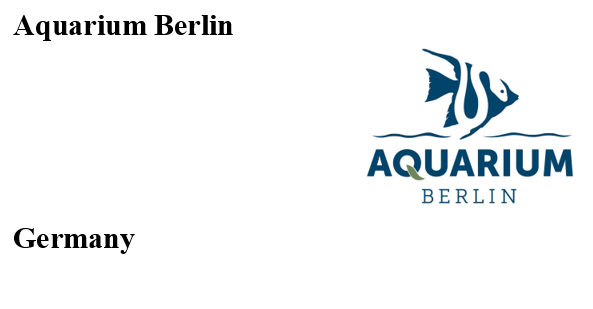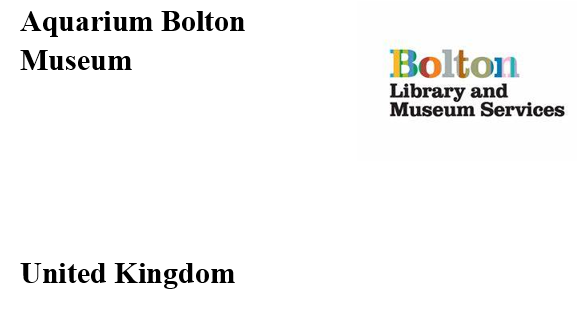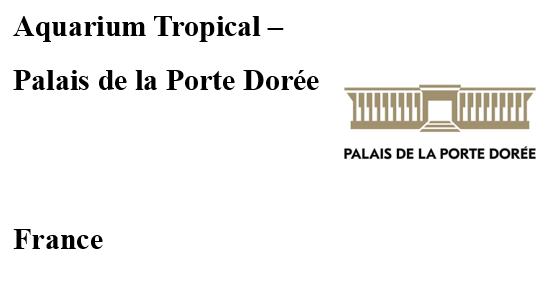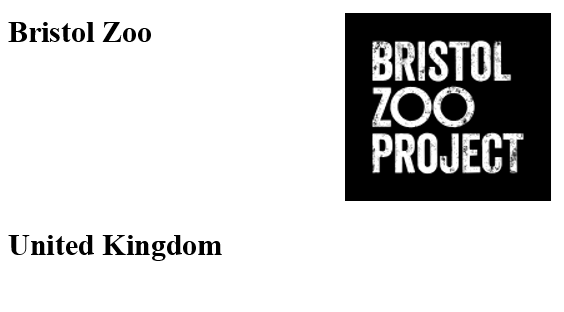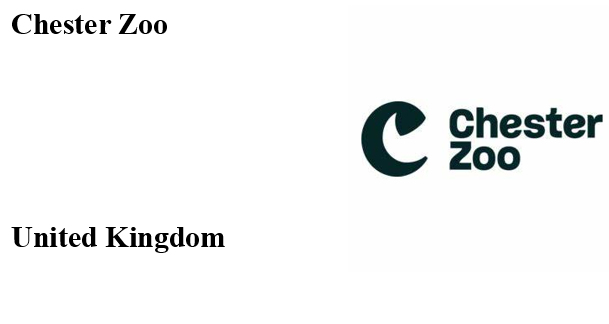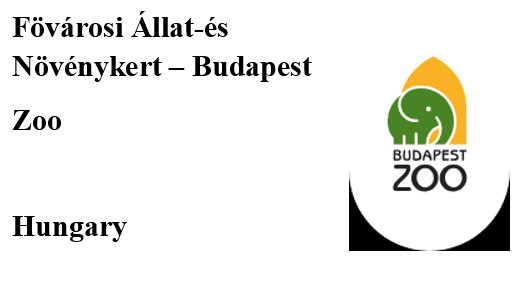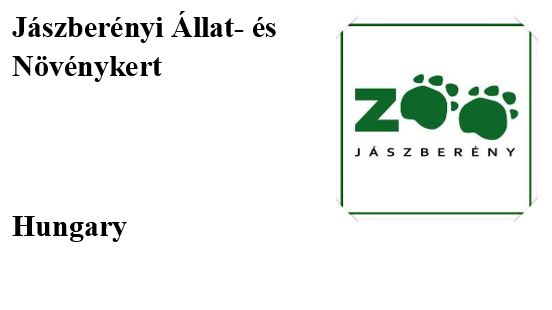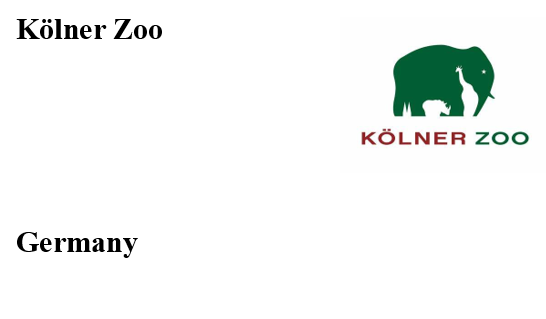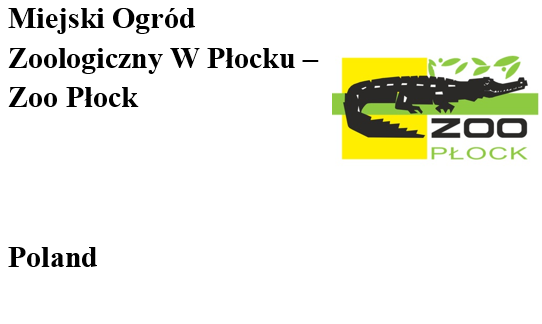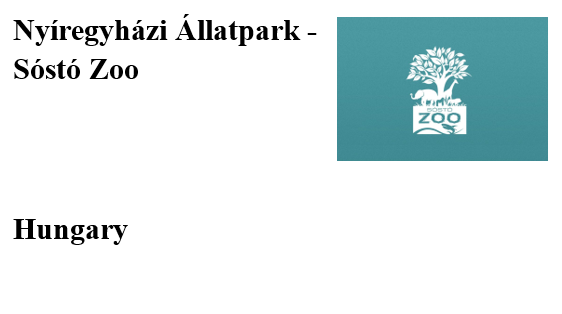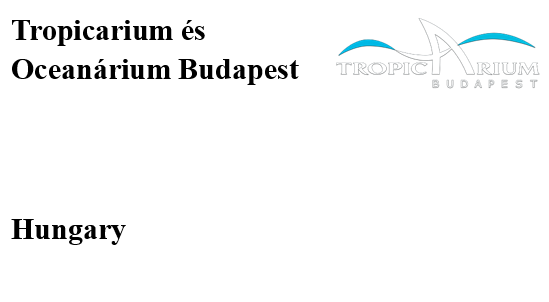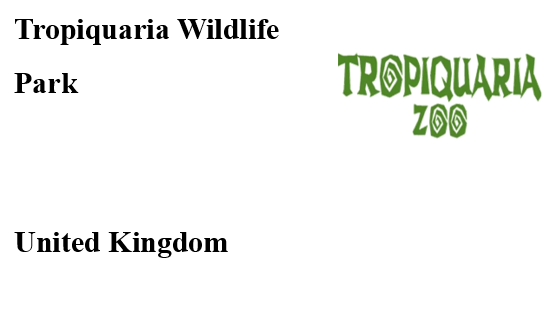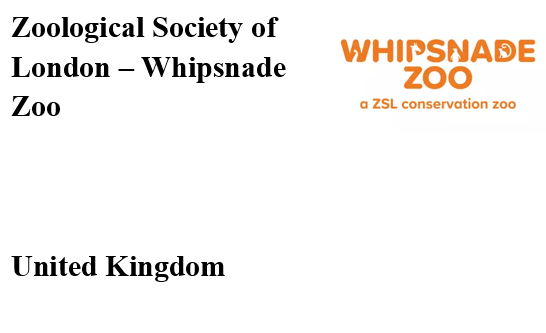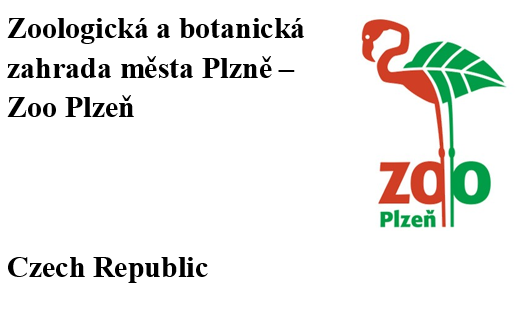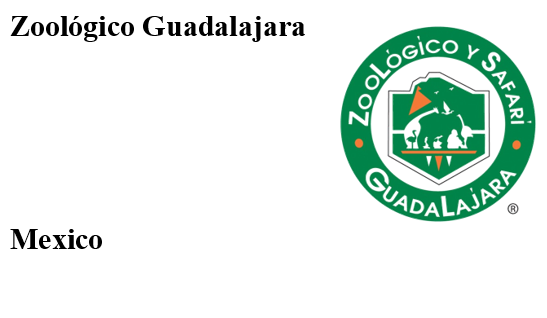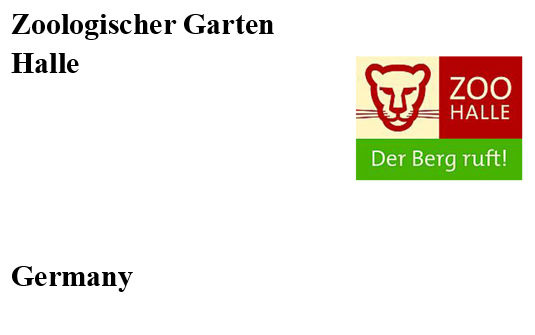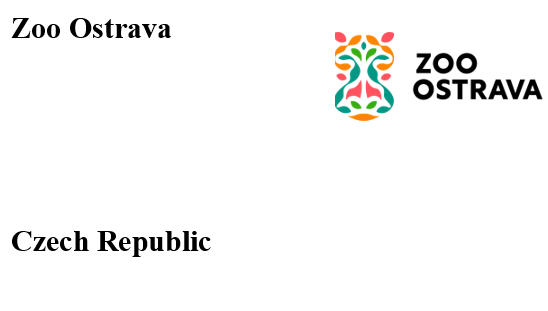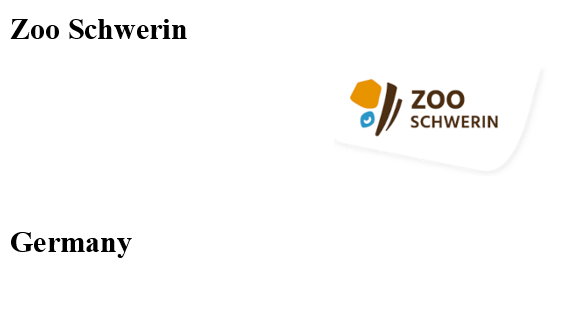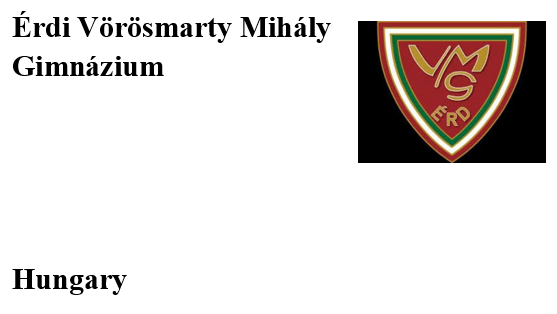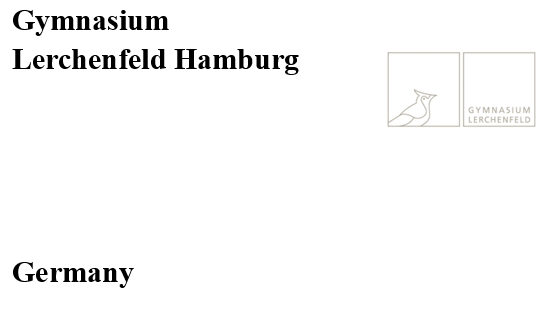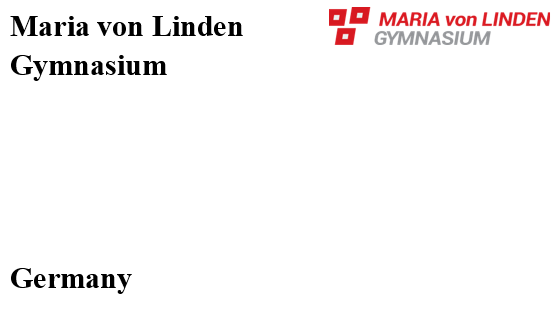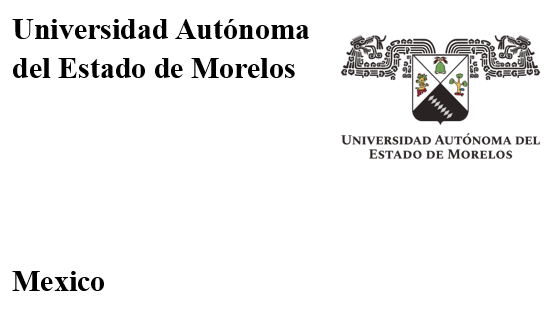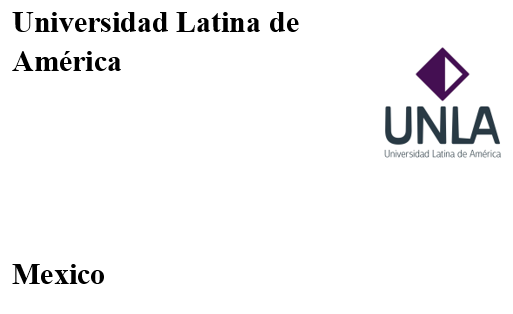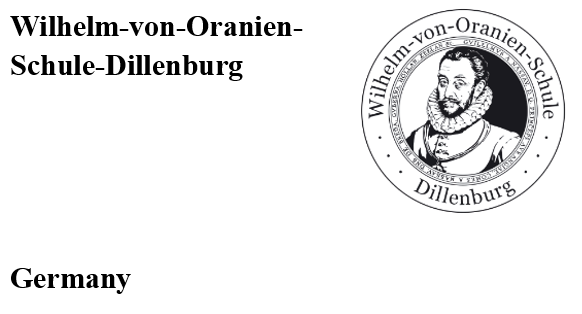Organisation
The Goodeid Working Group is comprised by a European chapter (EGWG) with seventeen regional groups, a North American chapter (NAGWG) for the United States of America, a separate group for the Canadian region, and many members who are not organized in a regional group. Both chapters act independently in organizing their meetings and many other things, but cooperate in the main goals. The board of the European chapter is made up by five people (names in red), the US American chapter is run by a single chair (in blue). The regional group coordinator (RC) or chair concerning the United States of America is the first contact within a country or region when it comes to distribution of surplus or the organization of meetings.
The private side - hobbyists and the Goodeid Working Group
As stated in the Objectives, the primary objective of the Goodeid Working Group is to preserve all Goodeid species and populations. Members of the group are not obliges to personally care for and breed these fish, but a demonstrable interest in their long-term conservation is a prerequisite for participation. If you can confirm this interest, all you need to do is click on "Create new account" and follow the steps. As we are a non-profit working group, it has been decided that memberhsip and participation should be voluntary, therefore membership is free. However, we are open to funding and donations from individuals, institutions and companies who wish to support our work. But why is each single individuum so important for the Goodeid Working Group? Something like the Goodeid Working Group is only working when both sides, the private and the public, cooperate and each sides brings in its strengths. Sure, zoos, aquaria and museums work with professional teams and can dedicate the whole time of one or two persons to a certain number of aquariums and fish while hobbyists usually do it on a smaller scale in their leisure time, in the evening or on weekends. But on the other hand these public organisations lack a larger number of aquariums and professionalists need to care for a broad range of fish, not only Goodeids. The large number of hobbyists, or better called "enthusiasts" count with a huge number of aquariums and are mostly dedicated Goodeid specialists, and they are needed, even as consultants for public aquariums or zoos. And not to forget: the people who originally brought Goodeids into the United States or Europe were either hobbyists or scientists who worked closely with, or respectively were members of hobbyist organisations. Species like Skiffia francesae or Zoogoneticus tequila would not exist anymore without the support of hobbyists. Besides the most important thing - breeding them in captivity - there are principally two more things that hobbyists can do to help to conserve Goodeids. One is to donate money to conservation projects in Mexico. The second is to write articles for specialist magazines or give presentations in hobbyist clubs. Both are very good methods to make Goodeids more common among aquarists and possibilities to point to the situation of Goodeids in the wild.
The following graphics give you a short introduction into how Goodeids found their way to the United States and to Europe. For better understanding, we broke it down into three epochs (from the left to the right). Epoch one: The years before World War II. In the late 1920's and the 1930's, aquaristics was booming in Germany and fish importing companies tried o fill the hunger of hobbyists with new species from all over the world, including Mexico and Central America. The first Goodeids that made it into European aquariums were Girardinichthys viviparus (1926), Neotoca bilineata (1935), Goodea atripinnis (1936) and Skiffia multipunctata (1939), but none of these populations survived the war. Epoch two was characterized by the activities of Robert Miller in the United States who brought several species into the hobby (he usually gave them to the former curator of the Belle Isle Aquarium, James Langhammer, who distributed them among hobbyists), the connection between British aquarists like Ivan Dibble with Livebearer associations in the United States who brought fish from auctions in the States to England, and the travels of German and Austrian aquarists and scientists to Mexico from the late 1970's to the early 1990's (e.g. Günther Daul, Alfred Radda). The oldest strains of Goodeids go back to this time ("Xenotoca" eiseni "El Sacristán e.g. is the oldest collection of a Goodeid species in the hobby, dating back to 1955). The third and last epoch started in the 2000's when long-distance travel became affordable. Aquarists from many parts of Europe (Germany, Scandinavia, France, Belgium, the Netherlands, Austria, the Czech Republic, Slovakia, the United Kingdom) came to Mexico to survey habitats and collect fish species. Most of the strains we have in our collections go back to this time.
In April 2025, around 720 people have registered on the Goodeid Working Group's website. The members come from 36 independent countries or islands with special status from all inhabited continents with the exception of Australia. The following map gives you an idea of where most members come from and where you have a good chance of meeting a Goodeid enthusiast on a vacation trip.
- The map is under construction (it will include all the single maps under "Members") -
The public side of the Goodeid Working Group - Zoos & Aquariums, Universities and schools
One objective of the Goodeid Working Group is to unify hobbyists and professionals in the purpose to conserve Goodeids. But why is it preferable to complement the number of hobbyists with zoo professionals, veterinarians, scientists or graduates? What are the capabilities of a public facility like a zoo, a museum or an aquarium? What makes them so important?
Most of the Goodeid species are endangered in the wild. As written above, hobbyists are often very ingenious and altruistic in their activities to conserve fish – think of the late Ivan Dibble –, but these activities need mainly to be restricted to other aquarists. By contrast, Zoos and Aquariums have the capability to reach a different group and a higher number of people. By displaying Goodeids in their exhibitions, by telling the man in the street how difficult it will be for a lot of Goodeid species to survive this decade, public facilities like Zoos and Aquariums have the great chance to give conservation efforts a maximum range. One of the most important vehicles to give the people a wake-up call is the exhibition. Showing Goodeids and designing diligent legends are the best way to make this group of fish attractive to the visitor. Information boards and posters give additional possibilities to inform the people locally. A way full of beautiful pictures to create attention had been shown by Günther Schleussner, who published 2010 an article about Goodeids in the Wilhelma magazine, a magazine for visitors of the German Wilhelma Zoo in Stuttgart. Zoos and Aquariums have available long-term experiences in conservation work. These experiences and efforts can be used in the conservation of Goodeids, too. The British Chester Zoo for example has a breeding program for endangered Mexican fish, including species of Goodeids, and additionally, they collect money to fund projects in Mexico. Such breeding and conservation programs have always been in the center of public interest. What can be observed is that with the success of the Goodeid Working Group and with the start of Plan G in November 2023 the number of zoos and aquariums that support Goodeid conservation activities has increased dramatically. A sign that we do a good job.
Universities and Museums can support the conservation of Goodeids differently. Of course, they have the same possibility to run breeding programs like the University in Morelia does with the Fish Ark Project, but they are also able to employ forces in scientific work and research. The results are in all cases very interesting for people working in conservation and can be used directly to answer questions occurring in the disappearance of some fish in the wild or solve breeding problems. In reverse, hobbyists can feed scientists with valuable questions and fish for researches. All efforts of sheer voluntary groups - how serious and magnificent their work might be – have always the touch of hobby. Public facilities give the Goodeid Working Group an important possibility to show our seriousness outwards.
The first of the two following graphics below shall demonstrate that freshwater fish conservation is like a fish. The head with the brain (meant in a sheer biological function) and eyes tell the body where to swim to. The public side is this head of the fish. Zoos, aquariums, museums and universities reach the big audience and give the direction of our "conservation fish". But this fish wouldn't be able to swim without the fins and muscles, our private side, our enthusiasts. The huge number of supporters are the ones who make our "conservation fish" move and swim in the direction the head wants. The head is worth nothing without fins and muscles, and fin and muscle activity without a leading head is a waste of energy. They need to work both together. The second graphic shows you what both sides put into balance to make the circle round. The final picture shows you the late Ivan Dibble in front of the Fish Ark Project in Morelia that he founded with the support of dozens of enthusiasts and Chester Zoo. He is the famous exception of the rule where an enthusiast became the head of the fish and a public facility part of its fins and muscles. This picture is however also the perfect example of what the Goodeid Working Group stands for: the cooperation of all stakeholders to save Goodeids from extinction, and with the Goodeids their habitats, many other fish and liveforms and finally making people on the ground love their fish and habitats and save them.
The following Icons with Links show you in alphabetical order aquariums and zoos that are member or partner of the Goodeid Working Group.
The following Icons with Links show you in alphabetical order schools and universities that are member or partner of the Goodeid Working Group.


